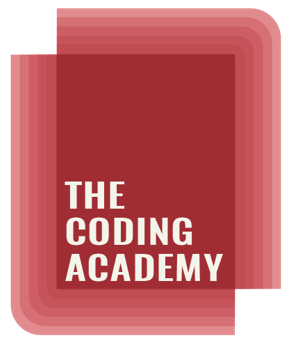

| |
|||||||||||||||||||||||||||||||||||
| |
|
||||||||||||||||||||||||||||||||||
| |
|||||||||||||||||||||||||||||||||||
| |
|||||||||||||||||||||||||||||||||||
| |
|||||||||||||||||||||||||||||||||||
| |
|
||||||||||||||||||||||||||||||||||
| |
|||||||||||||||||||||||||||||||||||
| |
|||||||||||||||||||||||||||||||||||
| |
|||||||||||||||||||||||||||||||||||
| |
General terms
|
|
|||||||||||||||||||||||||||||||||
| |
|||||||||||||||||||||||||||||||||||
| |
|||||||||||||||||||||||||||||||||||
| |
|||||||||||||||||||||||||||||||||||
| |
Body system terms
|
||||||||||||||||||||||||||||||||||
| |
|||||||||||||||||||||||||||||||||||
| |
|||||||||||||||||||||||||||||||||||
| |
|||||||||||||||||||||||||||||||||||
|
Diseases & Procedures
|
|||||||||||||||||||||||||||||||||||
| A | B | C | D | E | F | G | H | I | J | K | L | M | N | O | P | Q | R | S | T | U | V | W | X | Y | Z | ||||||||||||||||||||||||||||||||||||||||||||||||||||||||||||||||||||||||||||||||||||||||||||||||||||||||||||||||||||||||||||||||||||||||||||||||||||||||||||||||||||||||||||||||||||||||||||||||||||||||||||||||||||||||||||||||||||||||||||||||
|
|||||||||||||||||||||||||||||||||||||||||||||||||||||||||||||||||||||||||||||||||||||||||||||||||||||||||||||||||||||||||||||||||||||||||||||||||||||||||||||||||||||||||||||||||||||||||||||||||||||||||||||||||||||||||||||||||||||||||||||||||||||||||||||||||||||||||
| |
|
|
|||||
| |
|||||||
| |
|||||||
|
|
||
|
|
|
|
|
|
||
|
|
||
| A | B | C | D | E | F | G | H | I | J | K | L | M | N | O | P | Q | R | S | T | U | V | W | X | Y | Z |

